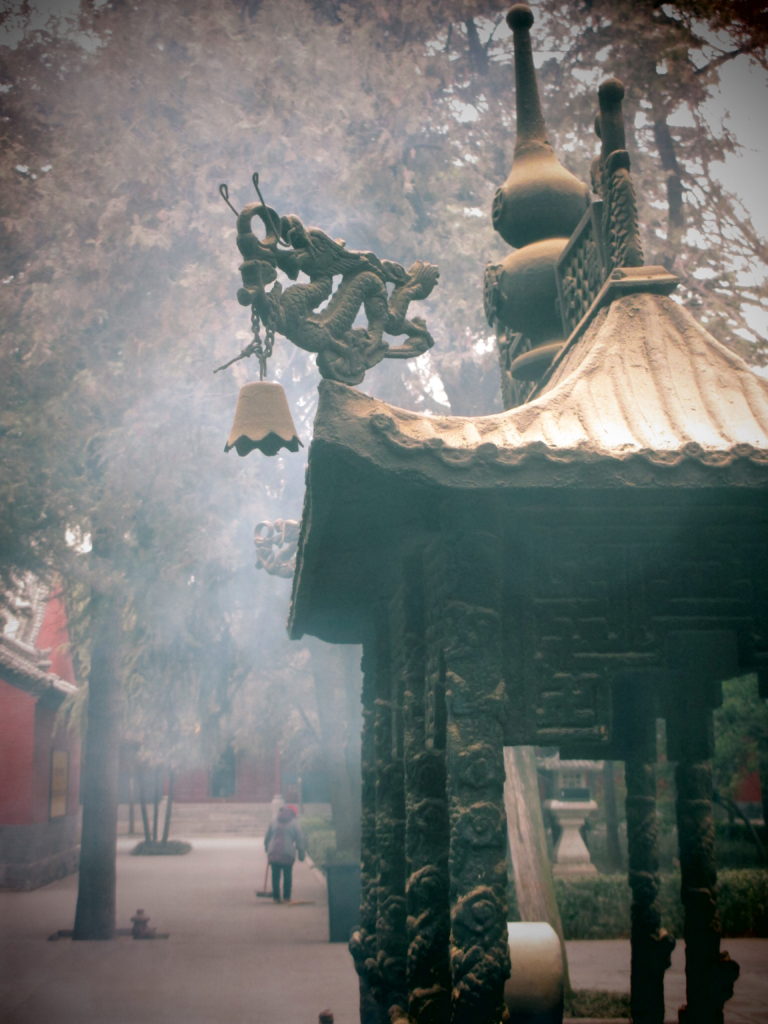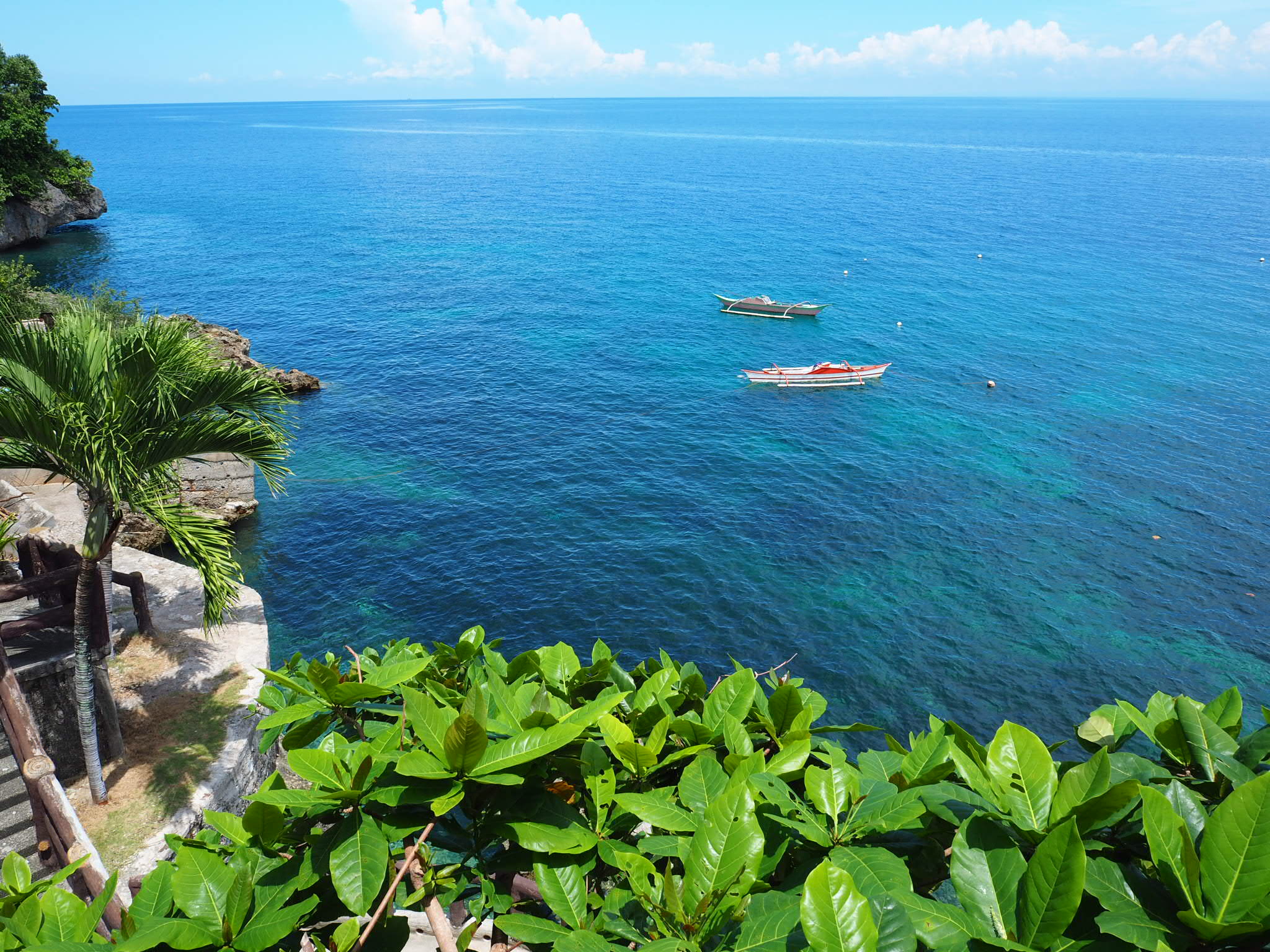
Chinas turbulent past has seen numerous cities take up the role of the capital, from Chang’an (present day Xi’an), the city that marked the beginning of the silk road, to Nanjing and finally present day capital Beijing. One could be forgiven for overlooking little known Luoyang, capital of 13 dynasties in a reign lasting until the 10th century when the capital moved to nearby Kaifeng. The glory of the city’s history may have faded, but a visit to Luoyang will give you the opportunity to experience and discover one of ancient Chinas most important cities.

Located in central Henan, one of Chinas poorest provinces, it may look like any other sprawling Chinese city, but dig a little deeper and you will be rewarded with a unique and memorable experience.
As with most Chinese cities, Luoyang has its mandatory old town, where you can spend the day wandering through narrow, cobbled streets sampling a range of delicious Chinese street food. Food from the local Chinese takeaway this not, so be prepared to experience some a little different, but ultimately satisfying. Don’t forget the golden rule of travel, 90% of tourists will be in 10% of places. Get of the main road and go and explore the maze alleys that run throughout the old town.
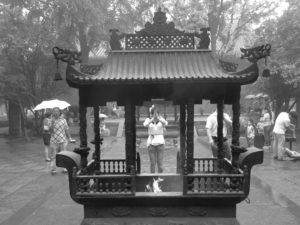
Luoyang’s best sites are located outside the city and can be easily accessed by public transport from the city centre. The White Horse temple, located 13km east of the city centre, is the location of the first surviving buddhist temple to be built in China. The story goes that in the 64th year of the Eastern Han Dynasty (25-220), 2 emissaries sent by the emperor to research buddhism returned from their 3 year journey on 2 white horses carrying Buddhist Sutras and statues. The emperor built a temple in their honour and named it the white horse temple. Featuring an array of beautiful buildings and incredible carvings, this active monastery gives you the opportunity to get up close and personal with the birthplace of Chinese buddhism.

China is littered with UNESCO world heritage sites, so it is no surprise to find that Luoyang is in on the act. The Longmen Caves, located 13km south of Luoyang are a reminder of the power and skill of ancient China. Work started in this project in AD 494 and lasted for the next 200 years. During this time over 100,00 statues and images of Buddha were carved into a kilometre of rock on the banks of the Yi River. Upon arrival you could be forgiven for thinking that this is just going to be more Buddha carvings like the ones found in temples across China. However any skepticism you have will be shattered, and replaced with awe and wonder as you are greeted by a view as beautiful as it is imposing. The west side of the river contains the majority of caves and carvings and the crown jewel of these is the Losana Buddha Statue Cave. Containing the largest sculptures, some up to 17m, this section draws the largest crowd, so try and arrive early to beat the crowds. At the end of the western side of caves, there is a bridge that crosses the Yi river to the east side. Although there are fewer caves, you are treated to the west side in all its glory as you meander back down the Yi River past some smaller caves and the beautiful Xiangshan Temple.
Nestled in the hills between Luoyang and Zhengzhou, Song Shan and the Shaolin are easily accessible from Luoyang and as a result make a fantastic day trip. Taking around 2 hours, buses are the most convenient way of getting to this important spiritual destination. Be aware that some of the buses are likely to pick up passengers on the way which makes the journey out there a little longer than scheduled. Retuning does not seem to have this issue.
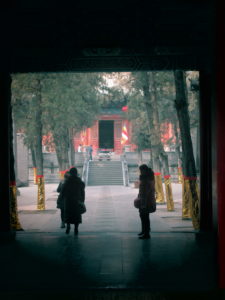
With history tying two of Ancient Chinas most prominent faiths, Taoism and Zen Buddhism it is easy to understand why this site is considered to be so important in present day China. In Taoism Song Shan is considered to be the central and consequently one of the most important mountain. Symbolising earth amongst the 5 elements as well as occupying the axis directly below heaven. It is actually made up of a number mountains, the largest being Taishi Shan and Shaoshi Shan, containing 36 peaks and stretching for over 60 kilometres it is to see why this is one of the 5 central mountains of Taoism.
The Shaolin Temple can can be traced back to AD 500 and has been a victim of the conflicts that raged throughout Chinas history. Most recently destroyed in 1928 much of what is there has been reconstructed to represent the past glories of this incredibly significant site. It was here where the style of Gongfu (Kungfu) based on insects and animals was created by a Buddhist monk named Damo, the purpose being to keep the temples monks fit and healthy, the rest as they say is history. This is one of the most important historical sites in Northern China so naturally the likelihood of marauding tour groups is high, but they can be avoided by getting there early as well as travelling outside of national holidays. Also remember the golden rule of travel, 90% of people are in 10% of the places. Get off the beaten track and explore the hidden temples, halls and pathways that cover this vast site.
Upon arrival you will be greeted by a gargantuan entrance that funnels into a quiet road that leads down towards the main temple complex. After 15-20 minutes walk you will reach the main temple complex. This main complex can be explored in around 2 hours, take the time to explore all of the pathways that connect this maze of courtyards, halls and temples together to form the complex. Upon entering you will see two rows of trees running alongside the path. On closer inspection it appears that these trees are riddled with bullet holes, however these marks were made by the temples monks during the Gongfu training. After exploring the main temple complex continue to follow the road to the pagoda forrest which is the largest of its kind in China and a demonstration of the power and creativity of Ancient China, as well as being a great place to get of the beaten path and explore.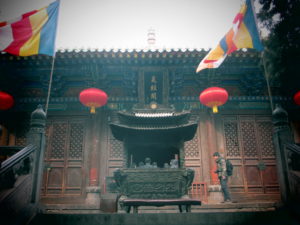
Carry on past the pagoda forrest and you will be greeted with two options with which to ascend Song Shan; Option number 1 is to hike and option number 2 is to take the cable car. If you have only one day taking the cable will give you more time to experience the stunning views as you hike to the mountains summit. From the cable car station plan on a walk of an hour and half to reach a bridge giving stunning views over the valley and 2 hours to reach the pagodas and other buildings that make up the Tiantai Nunnery. At every turn you will be greeted by breathtaking views as you follow a path cut into the edge of the mountain. It is easy to see why this is considered one of the 5 holy mountains of Taoism.
This destination gives you the opportunity to explore one of the most important holy sites in Northern China. Although you may have to share you day with groups who want the same experience, there are are plenty of quiet places you can find to sit, relax and reflect on the incredible things you have seen and experienced.
Sadly Luoyang, Songshan and Shaolin are 3 places overlooked by many tourists who come to China. Whilst they may not be as famous as the Forbidden City in Beijing, the Terracotta Warriors in Xi’an or the Bund in Shanghai, they are 3 sites that shaped the development of ancient China and as a result maintain a cultural significance as great as any. Take the opportunity to go and explore a lesser known area of this great and fascinating country.
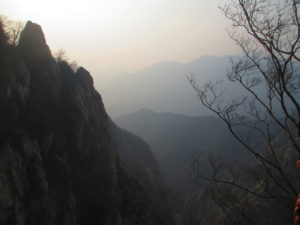
Luoyang is easily accessible from all surrounding major cities, by bus, train and plane. However with the addition of Luoyang Longmen, Luoyang is now part of China’s high speed rail network, the Gaotie (高铁) slashing journey times into Luoyang and connecting the city to the rest of the country. Public transport within Luoyang itself it very reliable, there are public buses that go to both the Longmen Grottos and The White Horse Temple. To get to Song Shan and Shaolin you will need to head to the long distance bus station, close to the Luoyang station (note this is not Luoyang Longmen). Once there it is very easy to catch a bus to Song Shan and Shoalin. For getting back to Luoyang most bus companies will arrange a time to meet you outside of the temple.
Take the opportunity to explore some of ancient Chinas most important sites.
